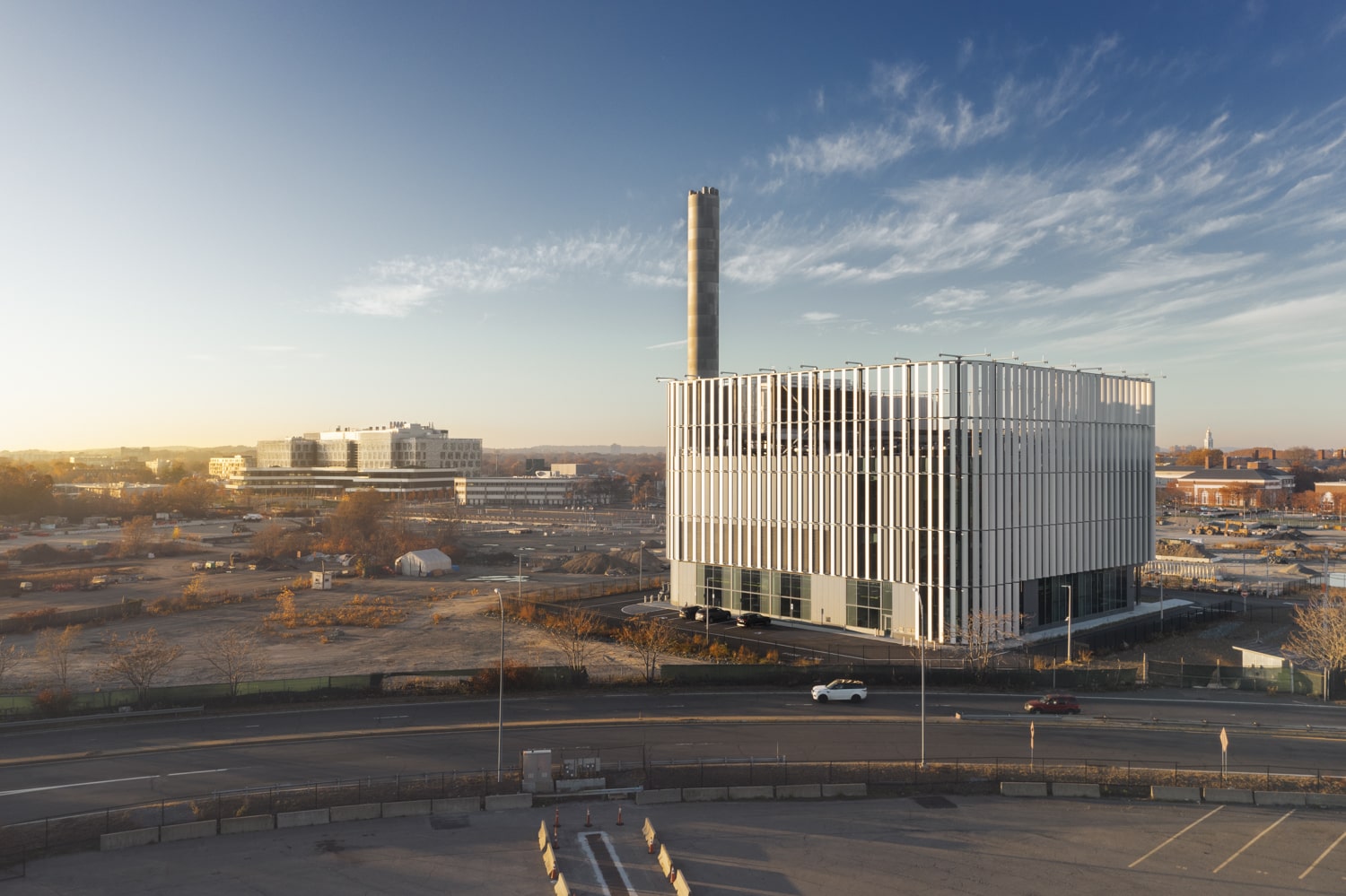In this dynamic era of sustainable energy solutions, harnessing the potential of alternative fuels has become paramount. Gas engines powered by compressed and liquefied gases offer a clean, efficient, and versatile option for various applications.
Compressed and Liquefied Gas
Compressed and liquefied gases, such as natural gas, hydrogen, or biogas, have unique characteristics that make them ideal for use as fuel in gas engines. Compressed gas refers to gas stored at high pressure, while liquefied gas is achieved by cooling the gas to extremely low temperatures. These methods increase the energy density of the fuel, enabling more efficient storage and transportation. Additionally, gases like natural gas and biogas produce lower emissions compared to traditional fossil fuels, making them environmentally friendly alternatives.
Compressed Gas
Typically transported in sturdy cylinder containers, they are stored at a pressure range of 20-25MPA (2,900-3,600psi), ensuring their safe and convenient utilization.
Liquefied Gas
LNG or LBG is transported and stored at a maximum pressure of around 25kPA (3.6psi), allowing for efficient handling and distribution.
Noteworthy Density Advantages
When comparing the energy density of one unit of LNG to one unit of compressed gas, it becomes evident that LNG offers remarkable advantages. The liquefaction process grants LNG three times higher density compared to compressed gas, enabling a significantly larger volume of fuel to be stored within the same physical space. This increased density allows for more efficient transportation and storage, offering enhanced practicality and versatility.
By harnessing the power of compression and liquefaction, gas engines can tap into the immense energy potential of these alternative fuel sources. Whether through the compressed form of CNG and CBG or the liquid state of LNG and LBG, these gases provide an efficient and eco-friendly solution that drives us toward a cleaner and more sustainable future.
Applications of Compressed and Liquefied Gas Engines
Compressed and liquefied gas engines have found diverse applications across several industries. In the transportation sector, these engines power buses, trucks, and even cars, providing a cleaner and more sustainable alternative to conventional fuels. Additionally, gas engines are utilized in power generation, both as standalone systems and in combined heat and power (CHP) configurations. Their ability to efficiently convert gas into electricity and thermal energy makes them valuable for residential, commercial, and industrial applications.









